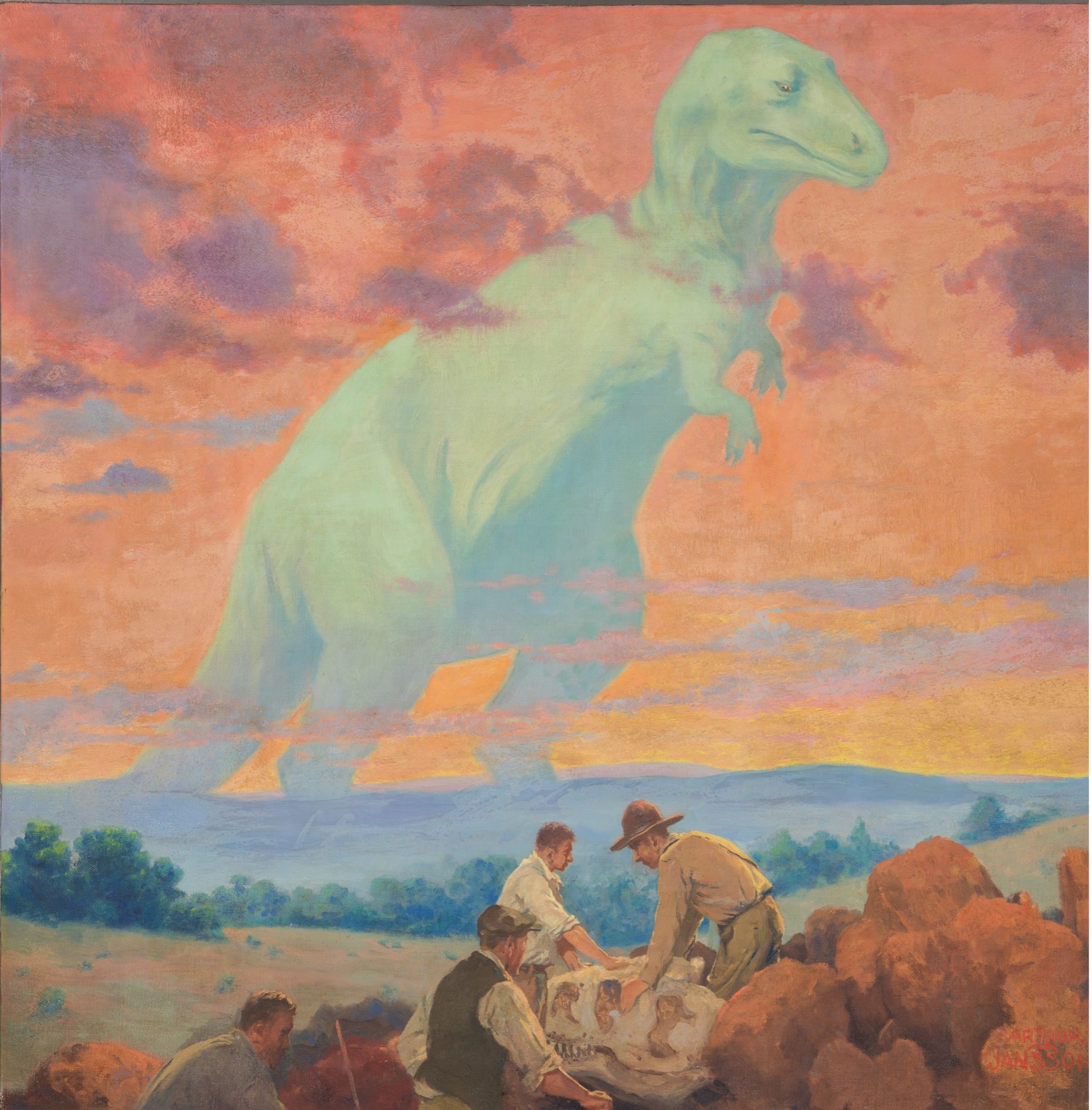Museum exhibitions traditionally display a fixed set of objects alongside a concrete set of facts and information. These decisions and descriptions limit how audiences can find their truths and their voices in such managed and controlled exhibitions. Seeing Truth seeks to reimagine the curatorial, decision-making process and expand what it means to exhibit an object. It aims to create new authorities and different sightlines, give more power to audiences to play with the ideas that the objects inspire, and allow museums to incorporate more truths, more voices, and thus, more transformative potential into exhibition experiences.
Each staging of Seeing Truth will engage with INSTIGATOR OBJECTS, objects pulled from the collection of the Research Library at the American Museum of Natural History, New York. These objects do not try to communicate static truths but, instead, seek to inspire conversation about how we make and communicate knowledge. Partnering institutions will offer the instigator objects as prompts to ask questions of their collections and to their audiences. Each iteration of Seeing Truth will be distinct, providing more freedom for audiences and exhibition sites to be in dialogue about truth, art, science, and the process of making knowledge. Each object serves as a philosophical, ethical, artistic, and scientific jumping-off point, the start to a conversation as opposed to the end of one.
In that spirit, some of the objects will exist on this webpage, some may travel to site-specific Seeing Truth exhibitions, some will be present as hi-res photographs or videos at different locations, and some will exist as audio recordings or VR reconstructions. In short, these objects will not move together. Instead, each will orbit into its own conversation—circling and colliding with other objects, other truths, and other voices.
Below are the instigator objects. Click on an object to see a page with some details about the work as well as other instigator objects, including one random object from the exhibition, to explore questions and build new knowledge. There is no one way, or right way, to move through these objects. Instead, your choices on each page will help you build your own understanding of the stories, histories, silences, and truths that these objects incite.
Seeing Truth Collections at Our Partner Institutions
The William Benton Museum of Art, University of Connecticut
Archives and Special Collections, University of Connecticut
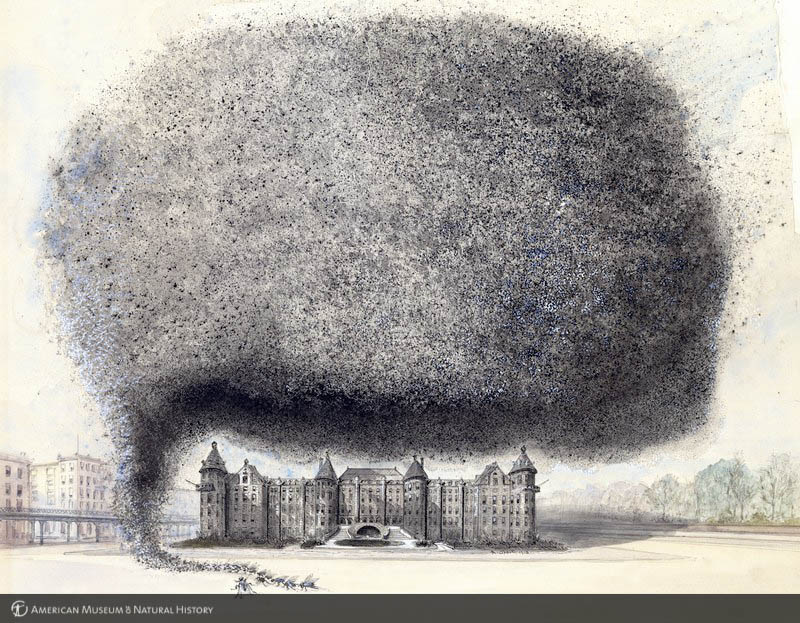
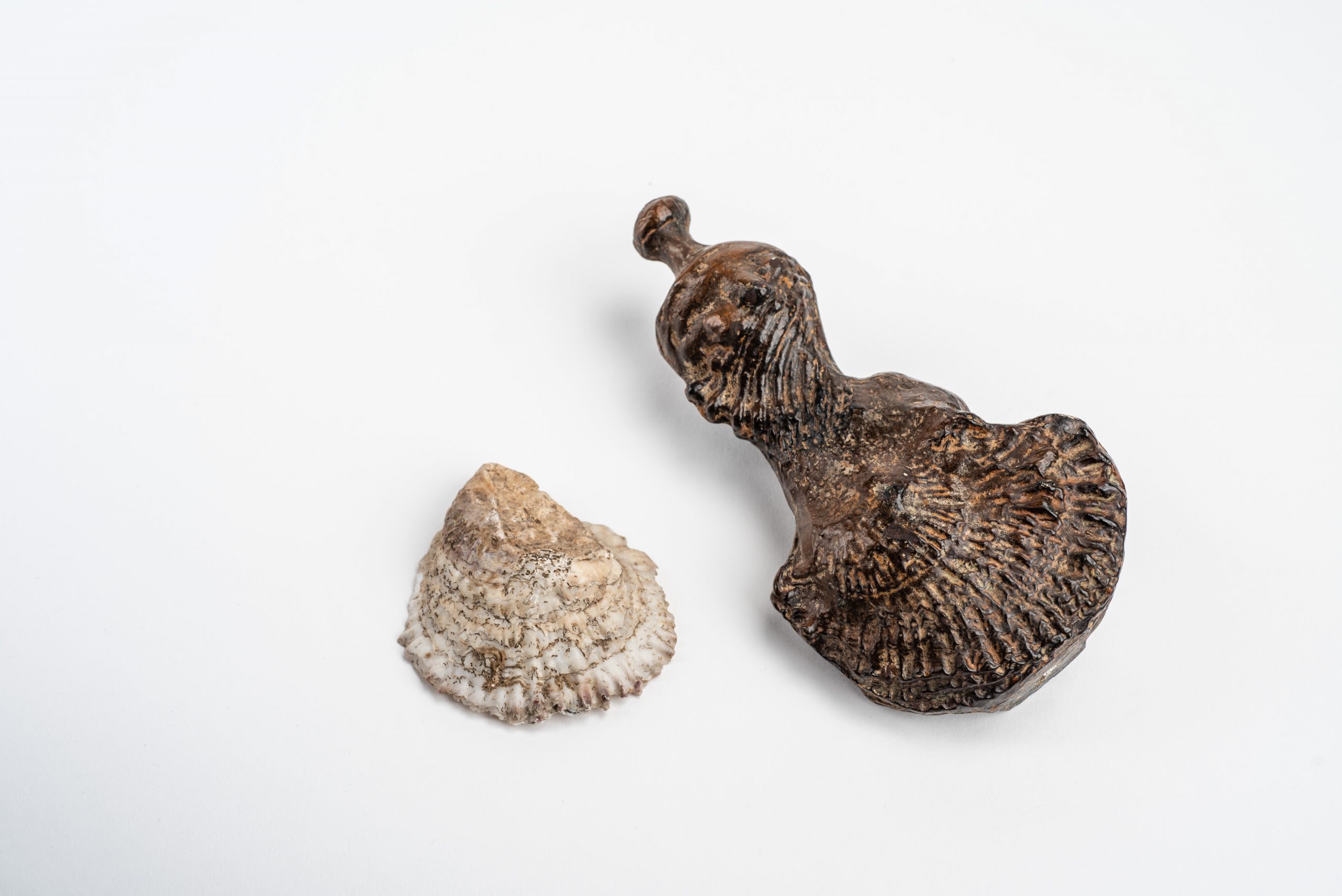
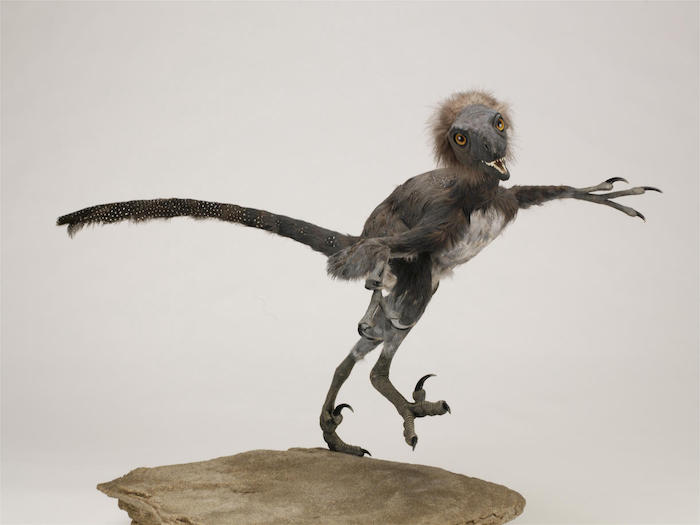
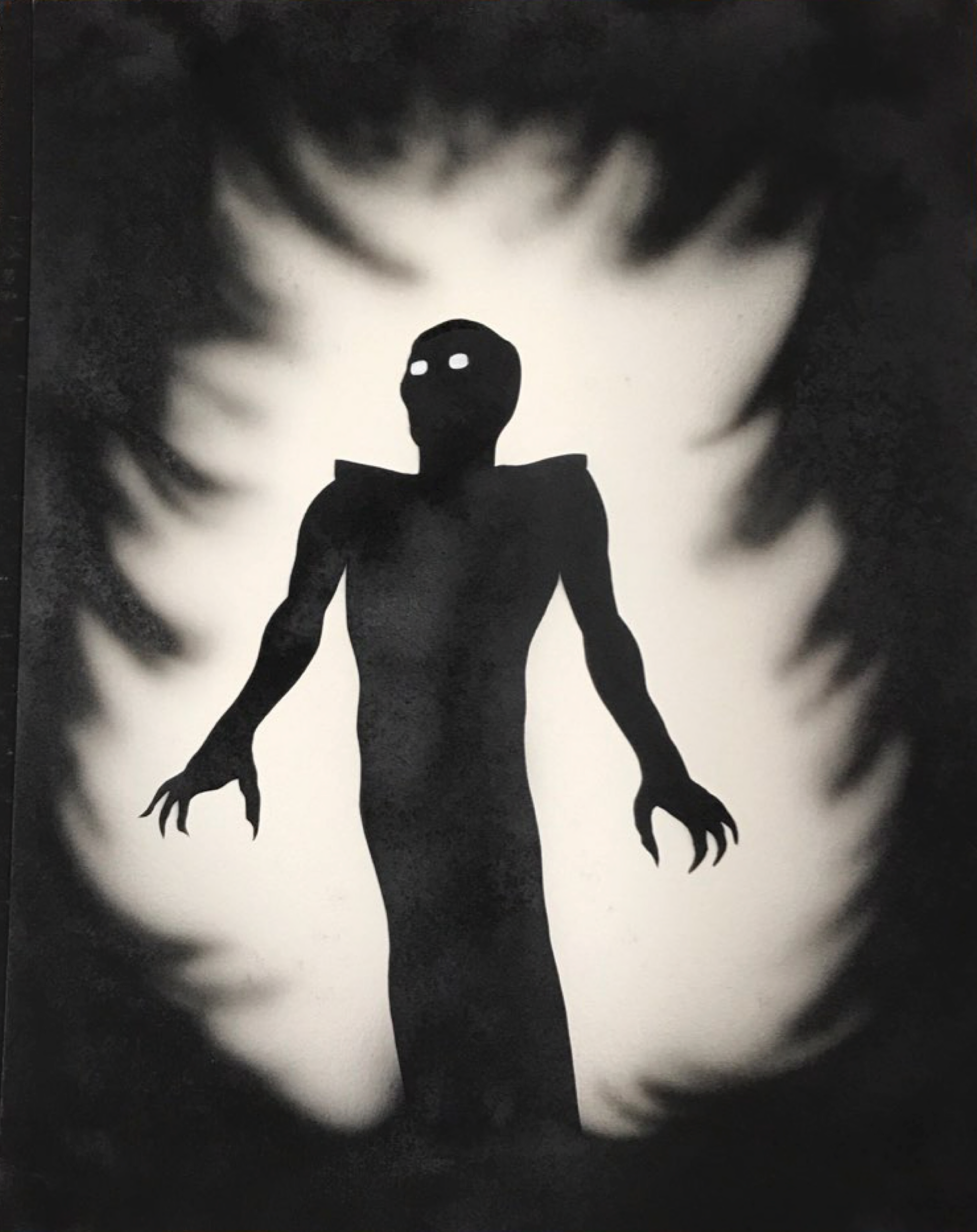
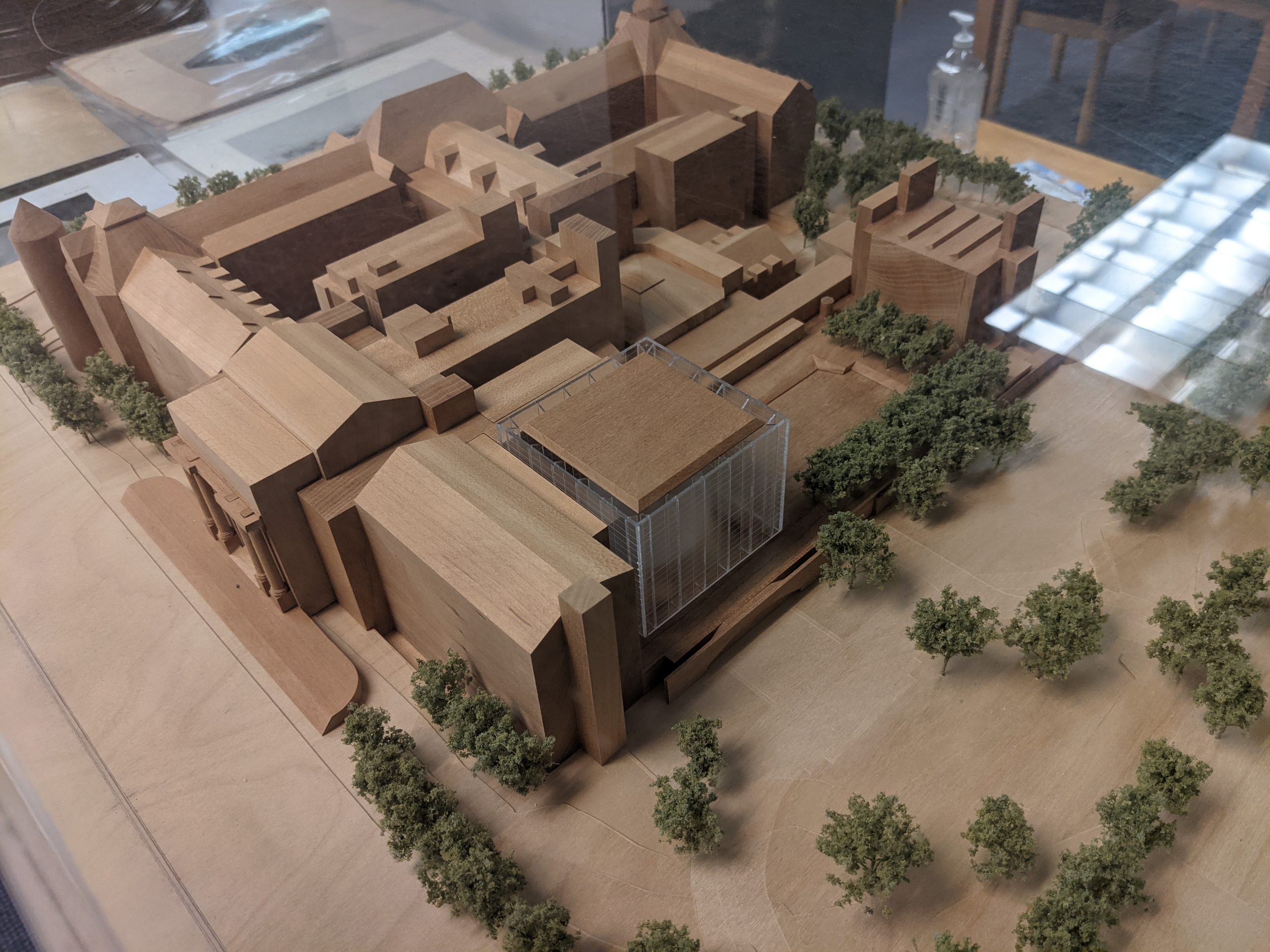
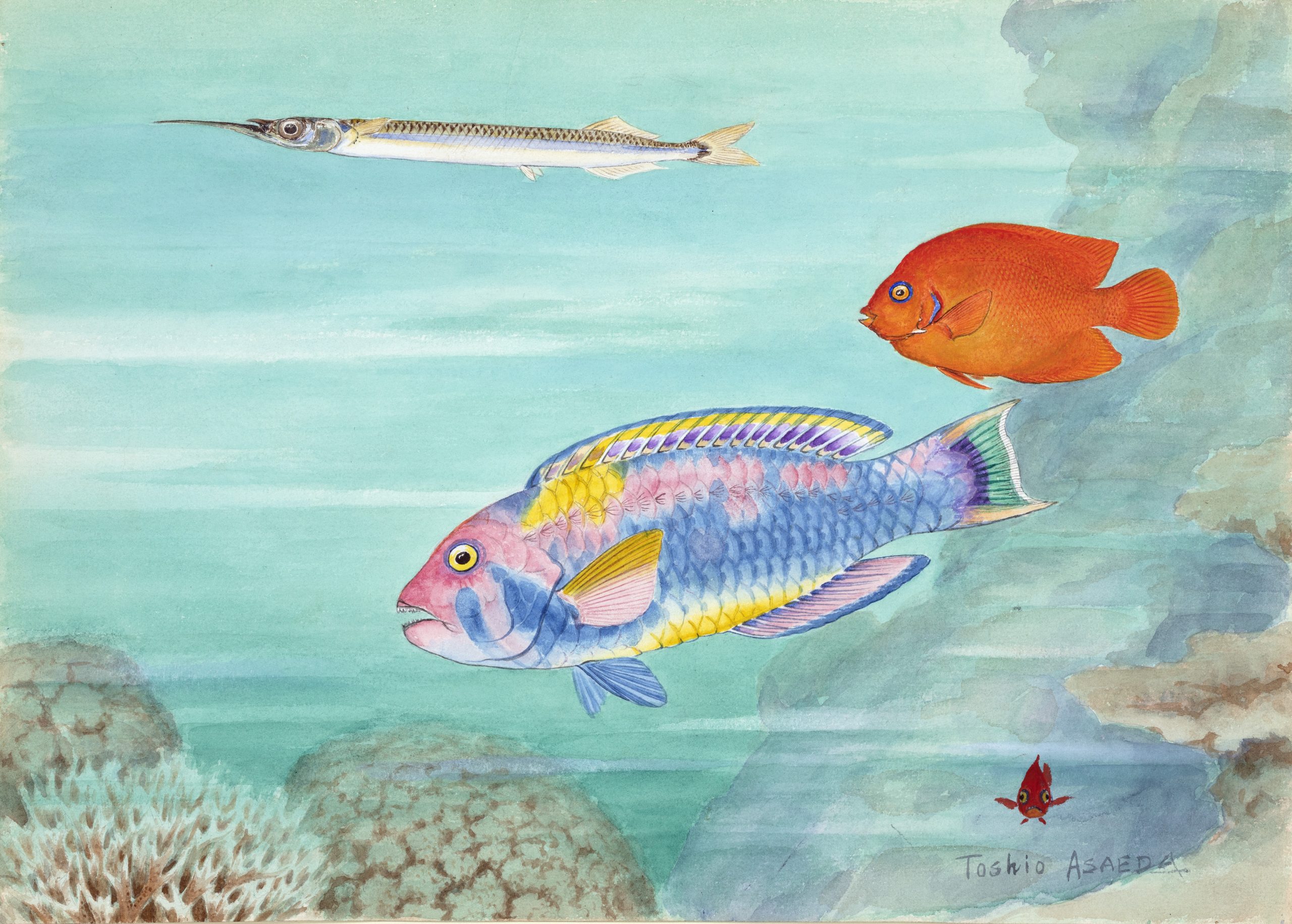
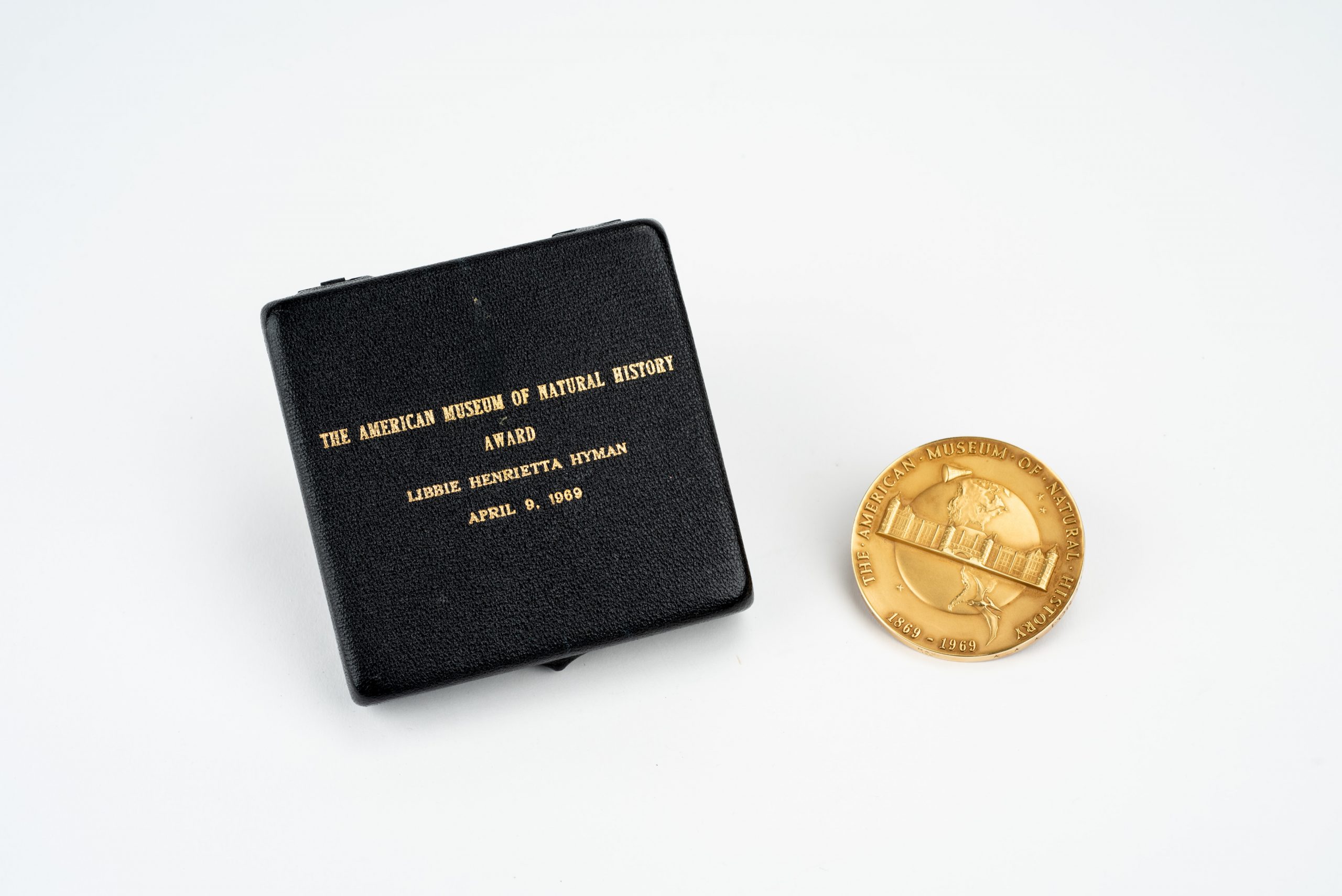
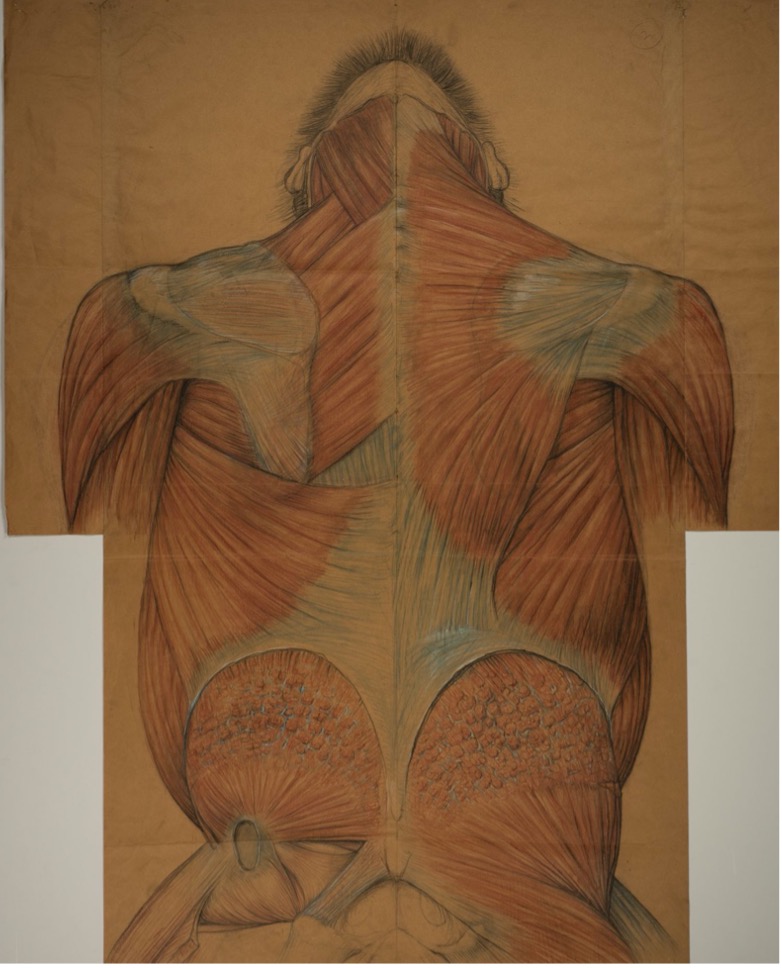
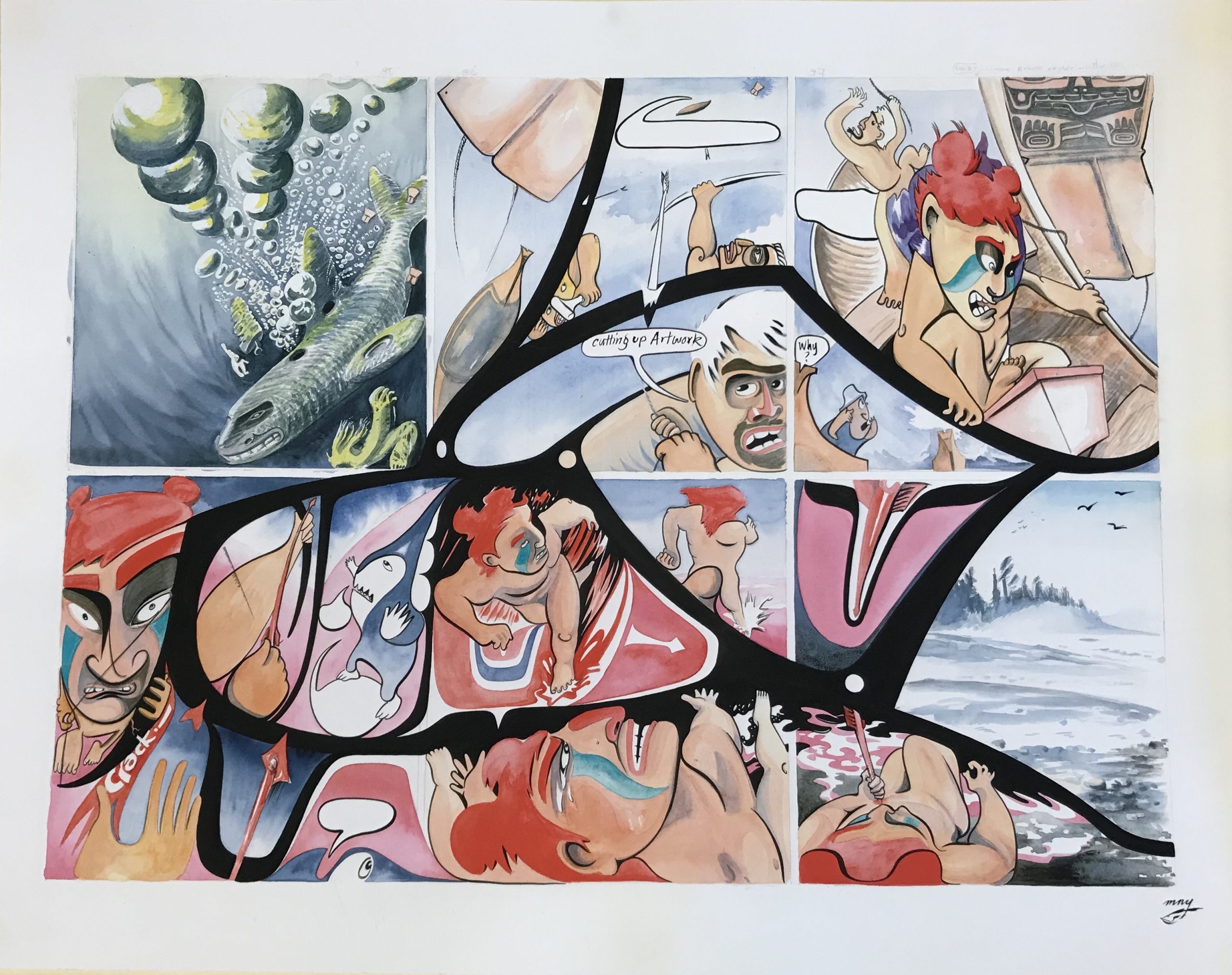
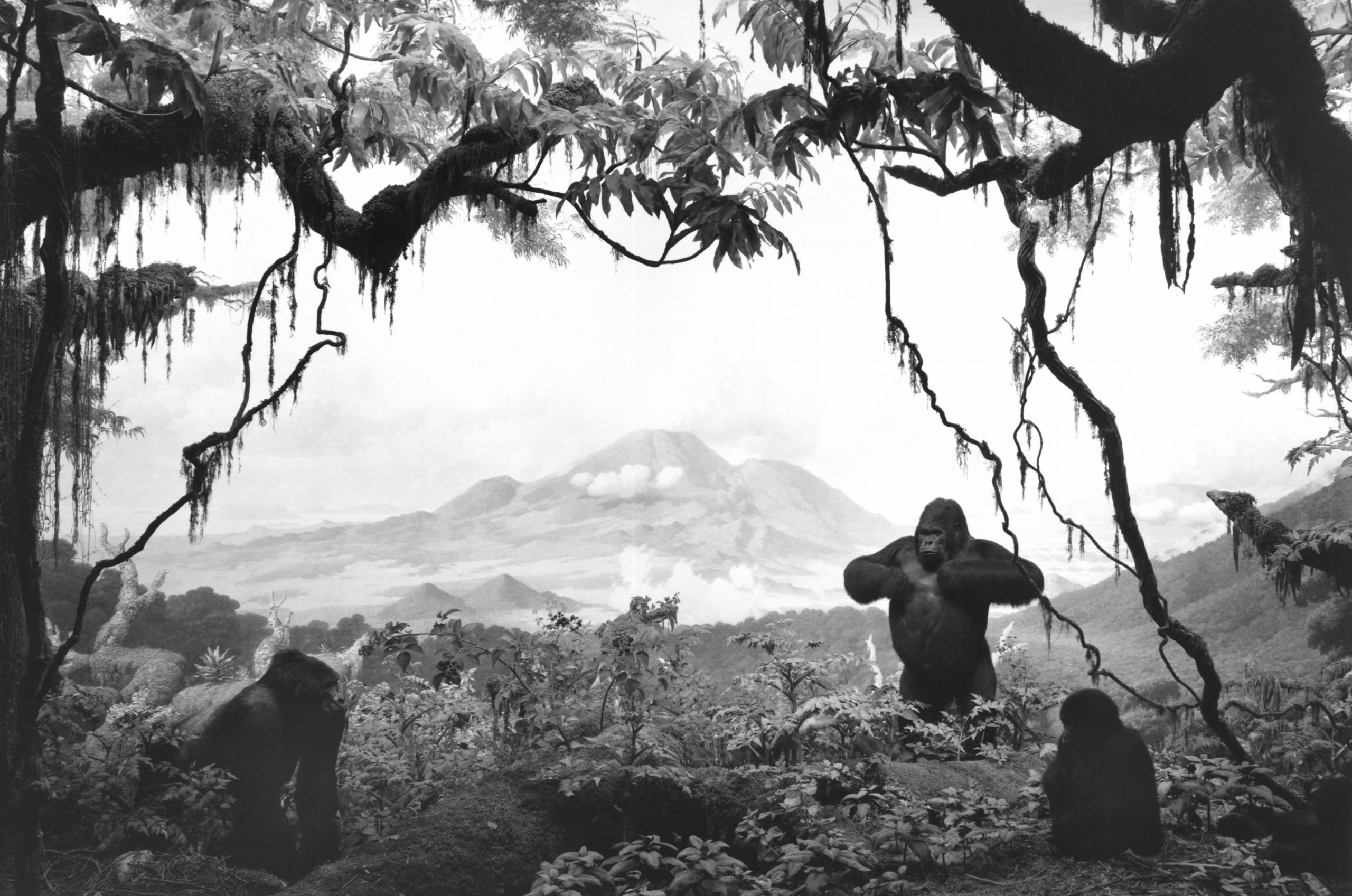
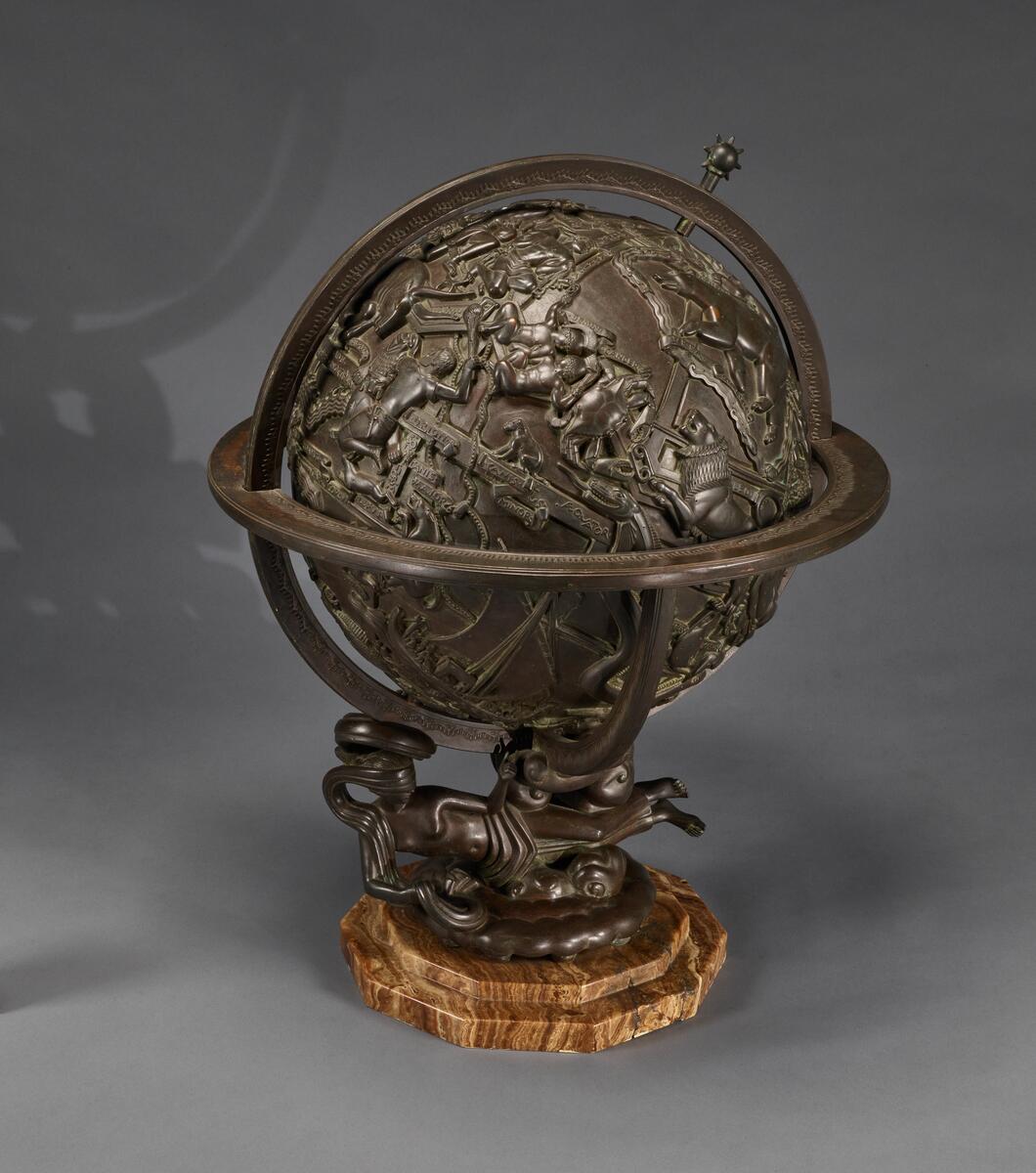


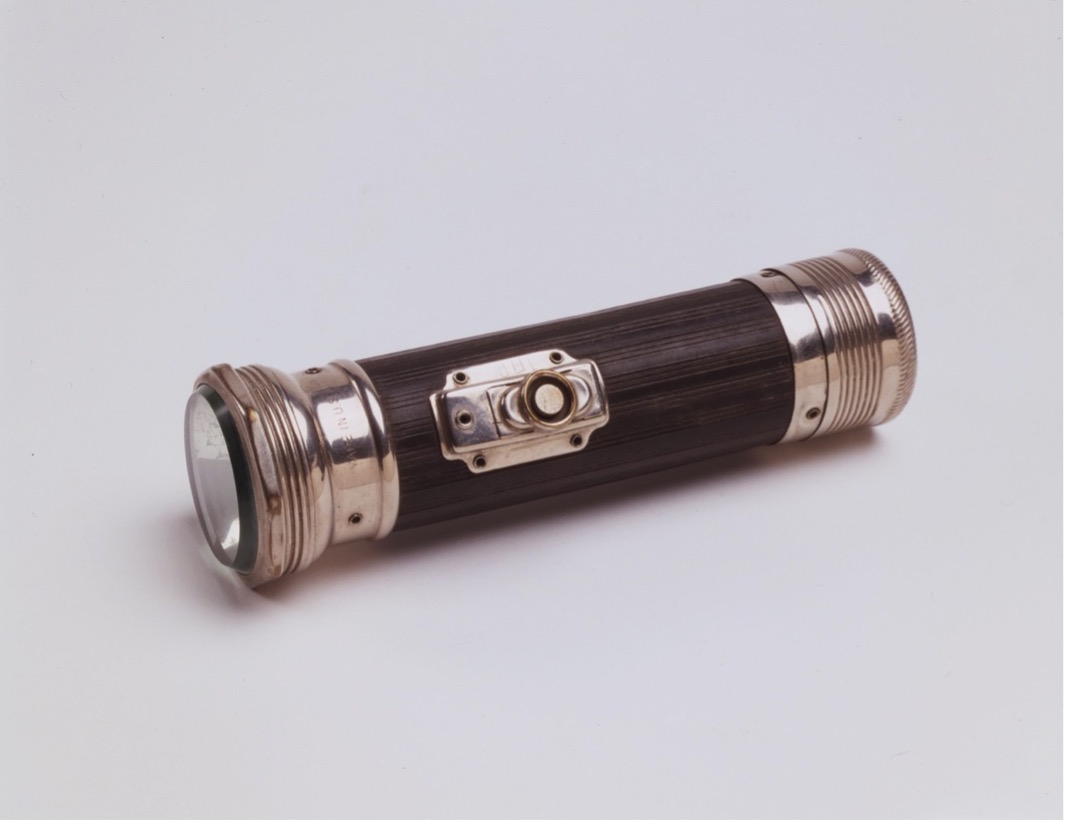
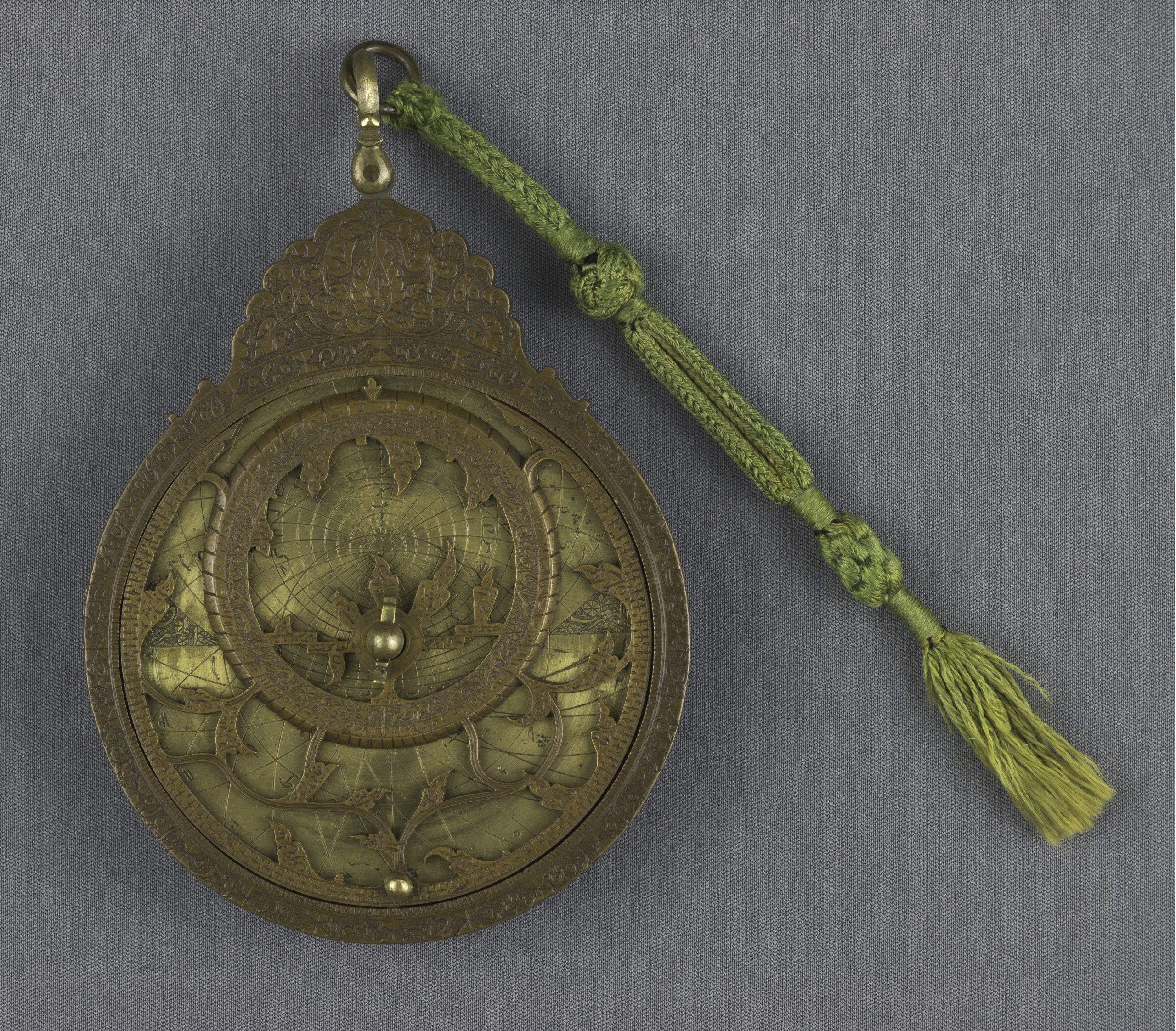
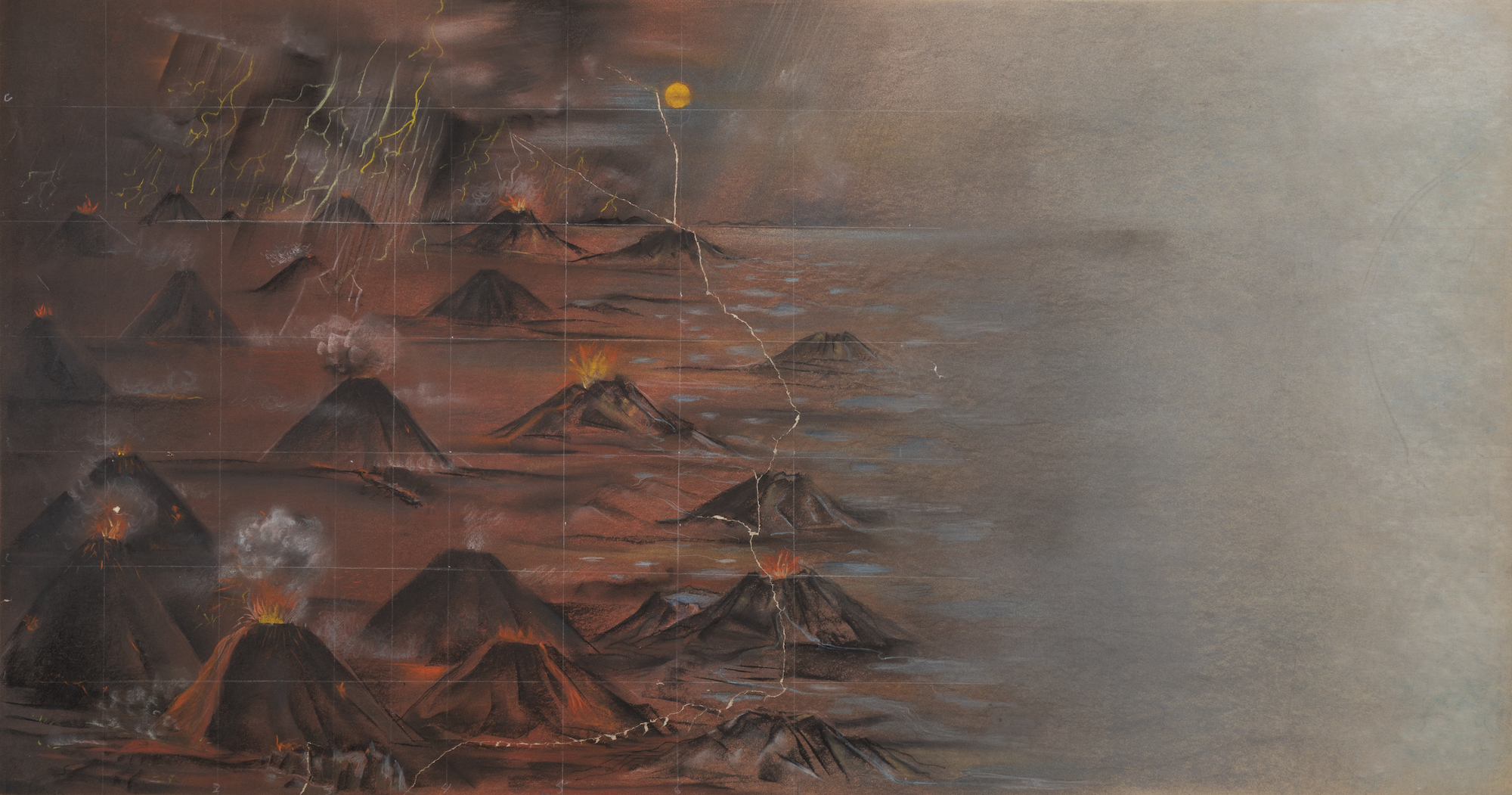
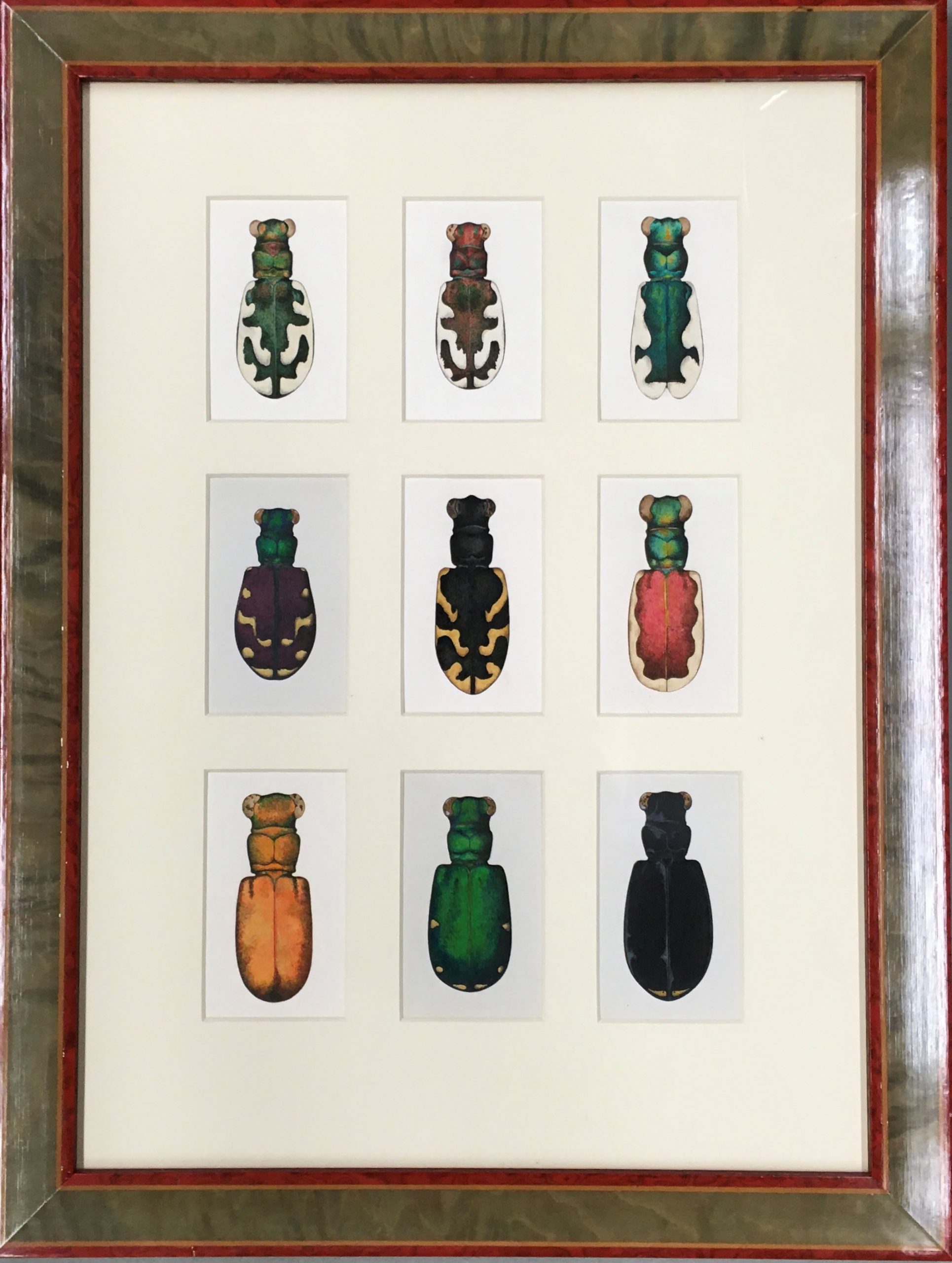
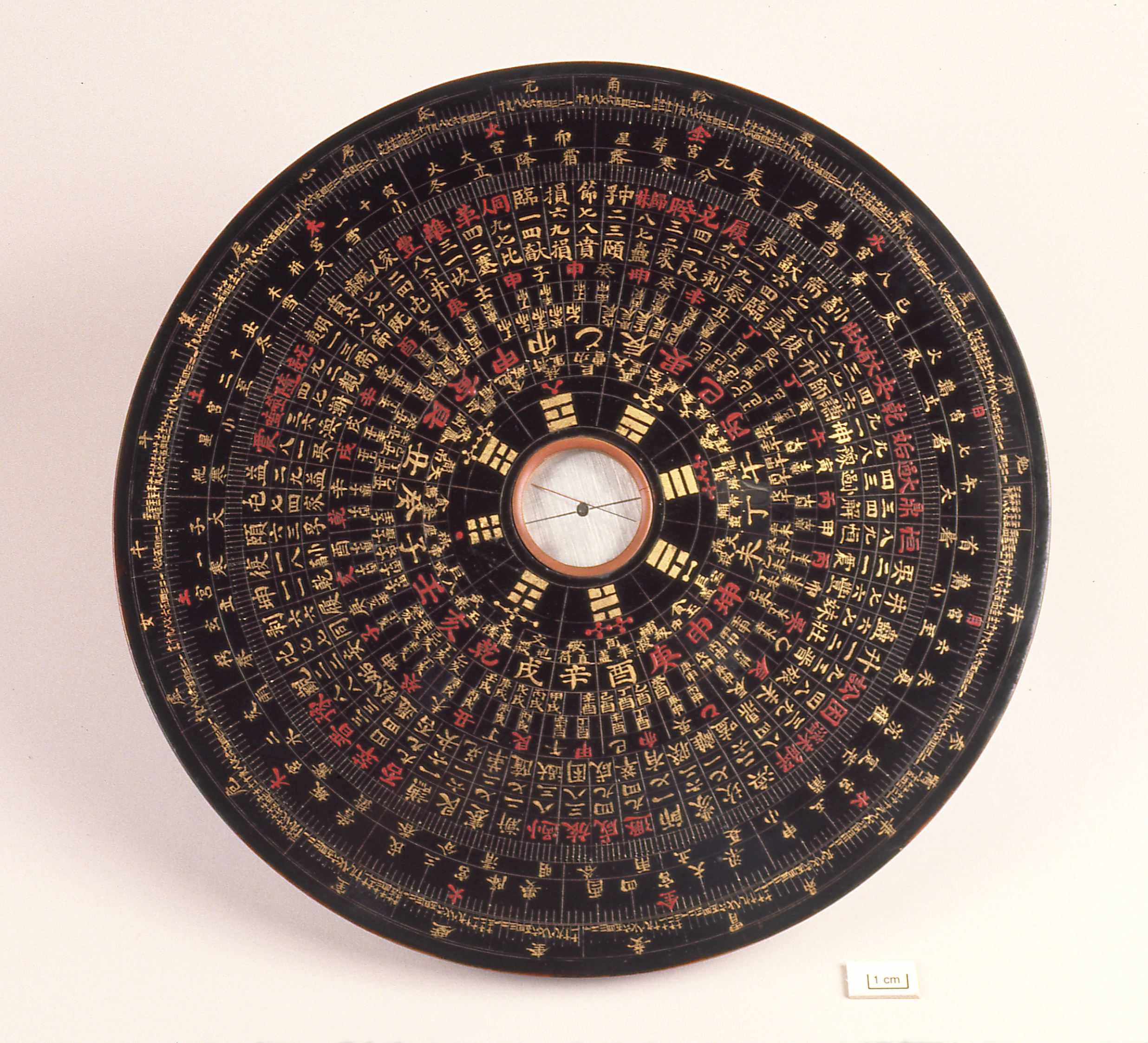
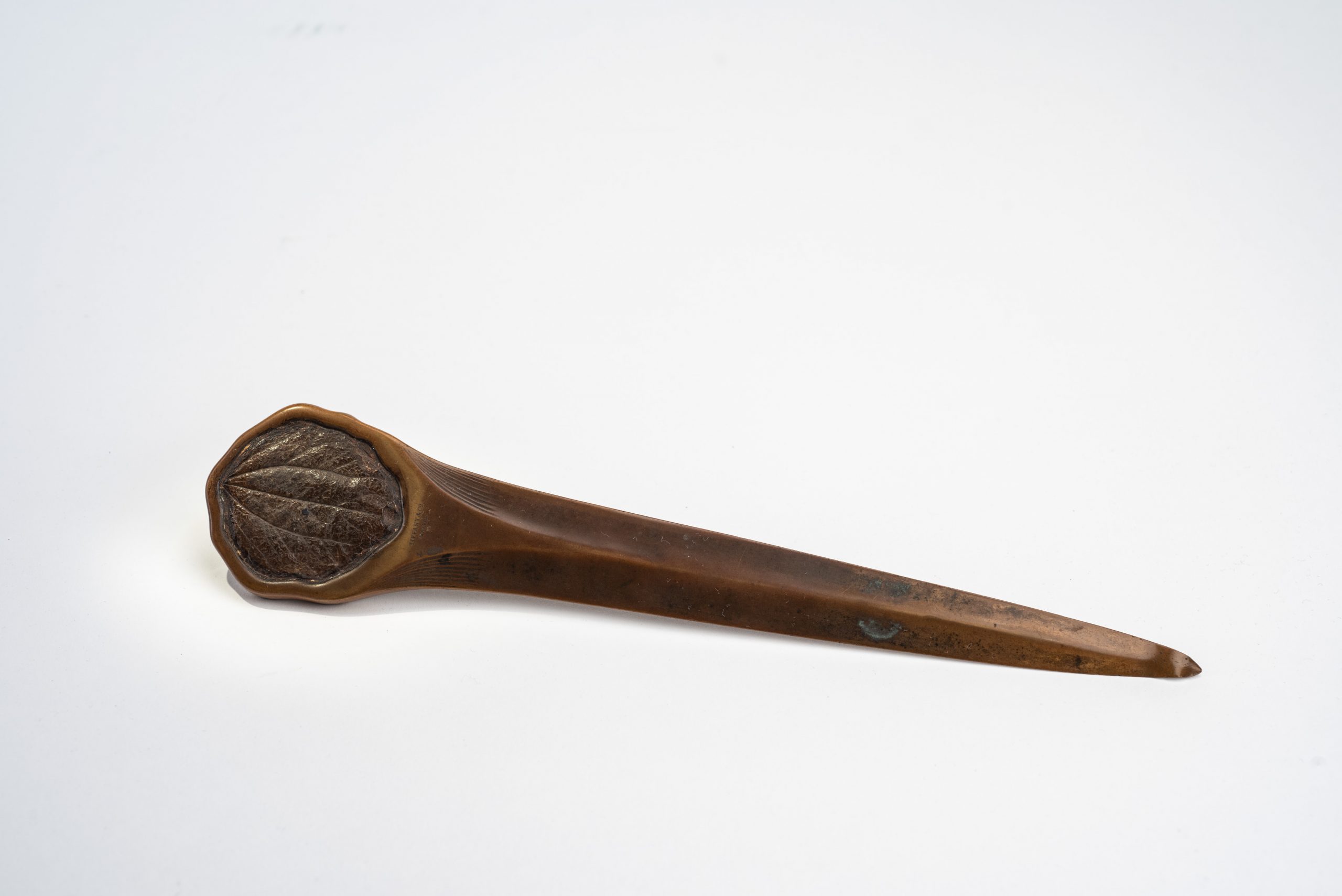
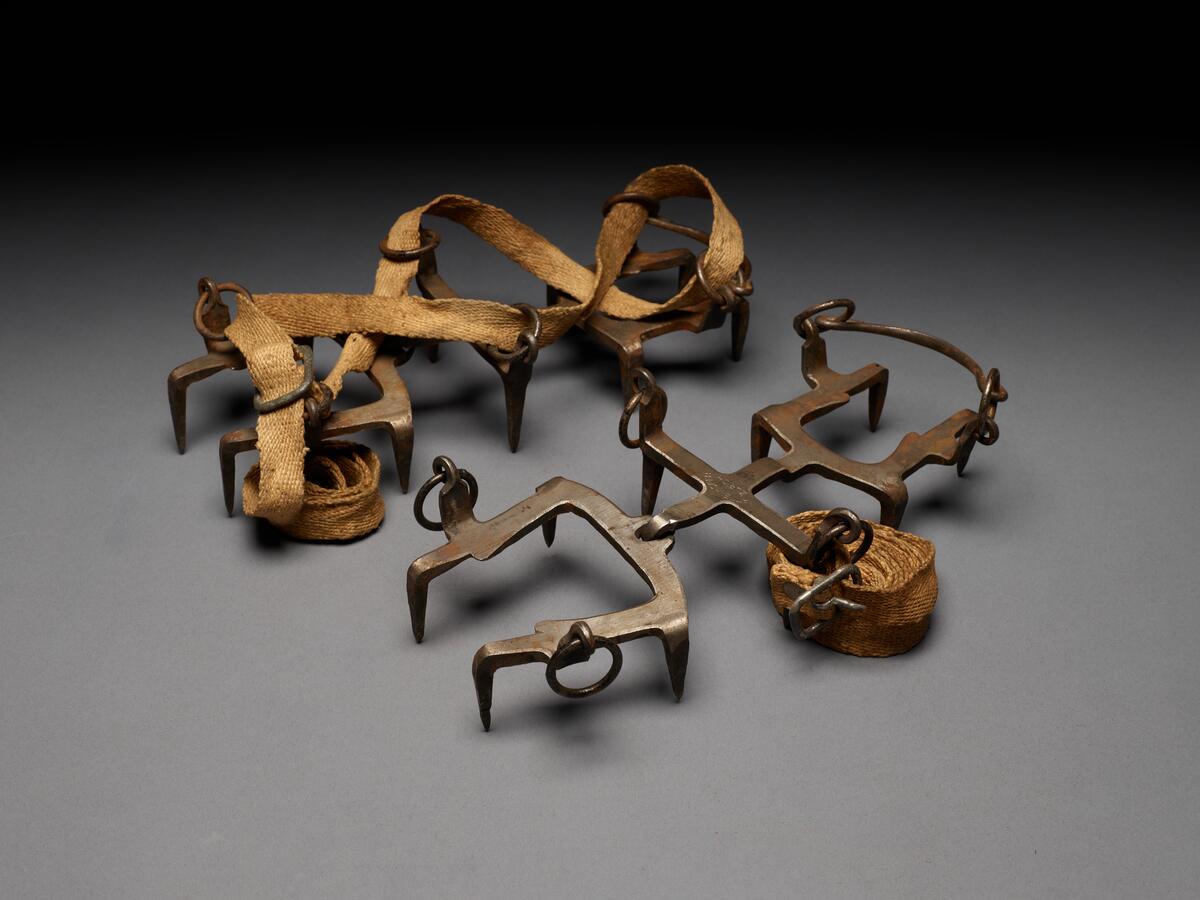
![Howard Russell Butler's [hydrogen prominences]](https://futureoftruth.media.uconn.edu/wp-content/uploads/sites/2921/2023/01/k6584-scaled.jpg)

